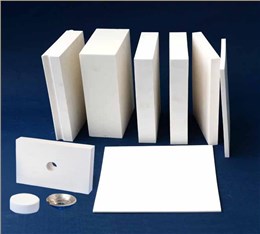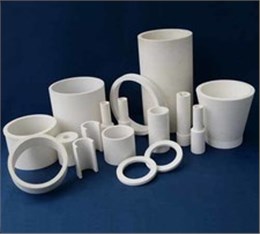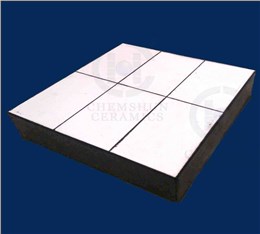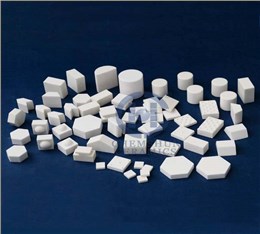In the moment a new-energy electric vehicle accelerates, as a spacecraft breaches the atmosphere, or under the steady beam of an operating room’s shadowless lamp, alumina ceramic substrates silently power these cutting-edge technologies. This seemingly ordinary white sheet is, in fact, an indispensable material in modern industrial civilization. With its unique physical and chemical properties, alumina ceramic substrates play a central role in the new energy revolution, semiconductor evolution, and aerospace breakthroughs, serving as a material bridge connecting the microscopic electronic world to macroscopic industrial systems.
I. Excellent characteristics
The outstanding performance of alumina ceramic substrates stems from their unique crystal structure. When purity exceeds 96%, alumina grains form a dense corundum structure. This hexagonal close-packed lattice arrangement grants the material a thermal conductivity of 9.0 W/(m·K)—over twice that of ordinary steel. Its dielectric strength reaches 15 kV/mm, ensuring stable insulation under kilovolt-level voltages. A thermal expansion coefficient (7.2×10-6/°C) closely matching silicon chips allows structural stability across extreme temperature fluctuations from -50°C to 350°C.
In terms of mechanical properties, the three-point bending strength reaches 380 MPa, equivalent to withstanding 3.8 tons of pressure per square centimeter without fracture. This strength originates from grain boundary reinforcement during sintering. When particle size is controlled at 1–3 μm, the material’s fracture toughness reaches 4.5 MPa·m¹/². Surface roughness (Ra) can be maintained below 0.1 μm, providing an ideal platform for precision circuit patterning.
II. Technological Pillars in Diverse Applications
IGBT Power Modules
In this field, alumina substrates demonstrate unique dielectric advantages. In a new-energy vehicle’s drive module, a 0.63mm-thick substrate maintains a dielectric loss tangent (tanδ) of 0.0004 at 10 kHz switching frequency, ensuring over 96% energy conversion efficiency. Its metallized layer achieves a bonding strength of 25 N/mm, retaining circuit integrity after 2,000 thermal cycles (-55°C to 150°C).


 Ceramic Tile Liner
Ceramic Tile Liner Alumina Ceramic Pipe Liner
Alumina Ceramic Pipe Liner AL92 Ceramic Rubber Chute Liner
AL92 Ceramic Rubber Chute Liner Wear Resistant Ceramic Liner
Wear Resistant Ceramic Liner